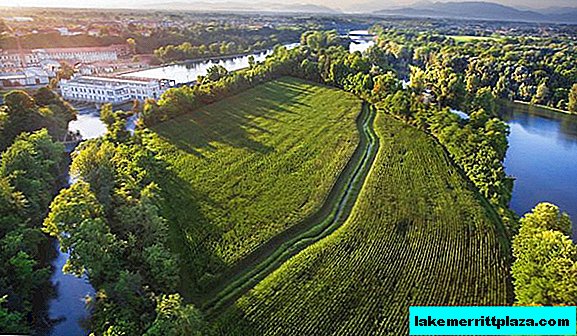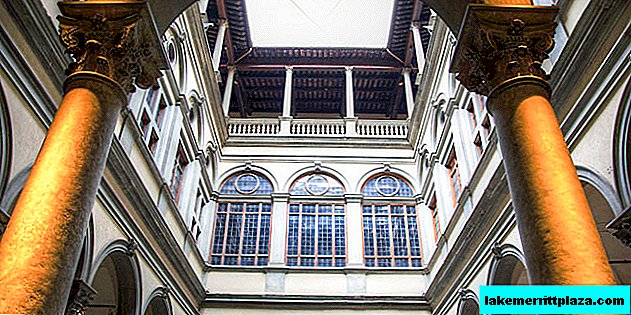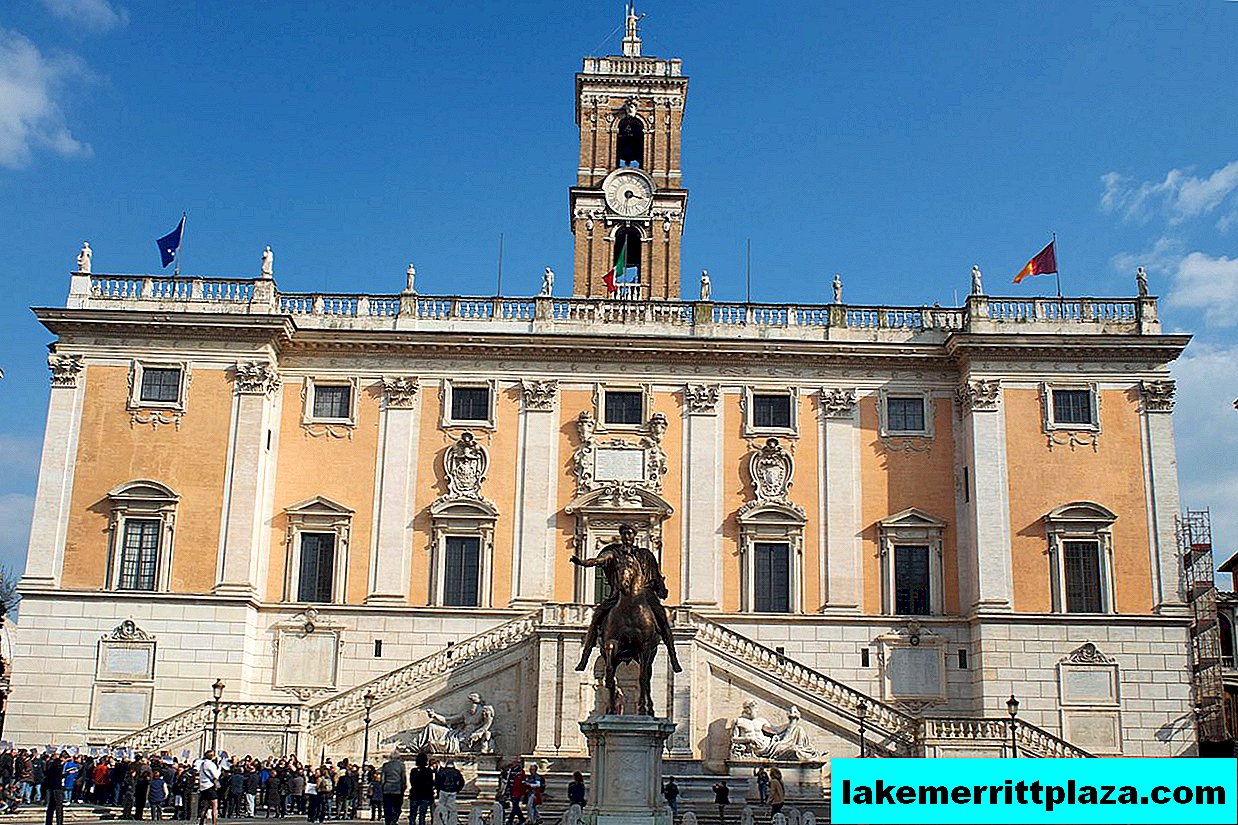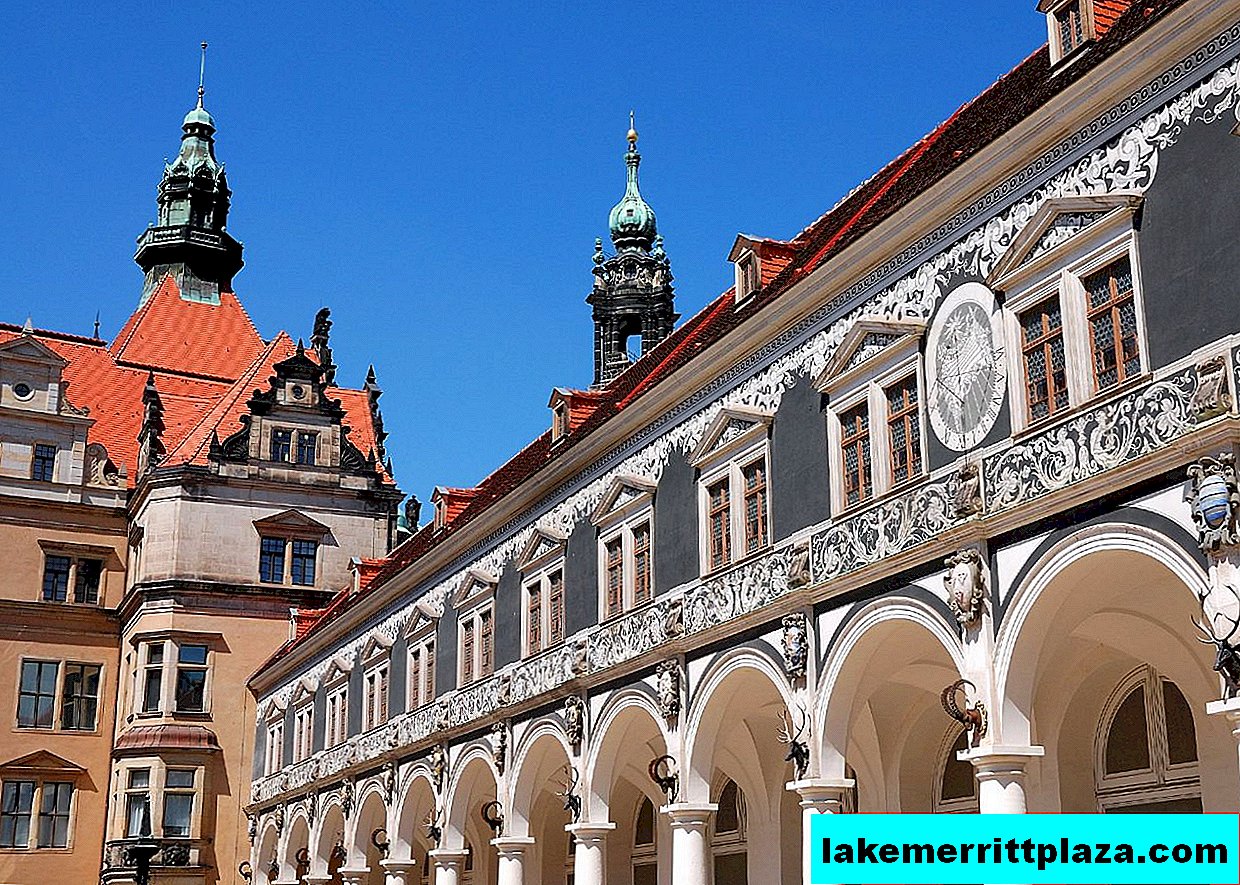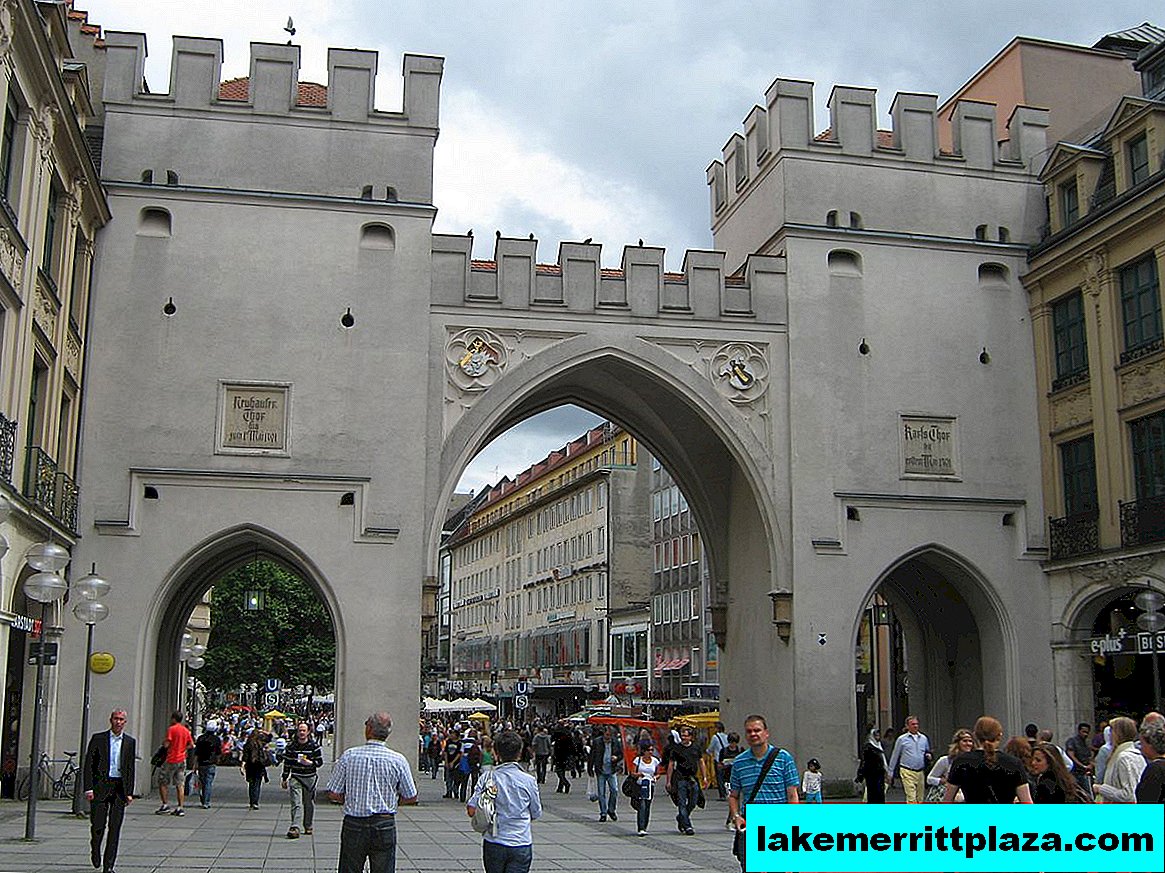Montecatini Terme is a thermal resort in Tuscany, famous for its spas and water treatment centers. Montecatini talked about the beneficial properties of thermal springs in ancient times, but the value of underground water was officially recognized only after the treatise of the University of Pisa, professor of medicine, Ugolino da Montecatini, appeared in 1417.
Even before the first medicinal “Medici baths” appeared (they are “Blackbird Baths”, “Scabies”, etc.), a desperate struggle was fought over the territory around Montecatini, the Florentines won the victory.
A quarter of a century after the appearance of the first baths, a military conflict erupted again - this time between supporters of two Florentine families. Then Cosimo de Medici ordered to wipe the city off the face of the earth, sparing only a few buildings that did not surrender to the enemies.
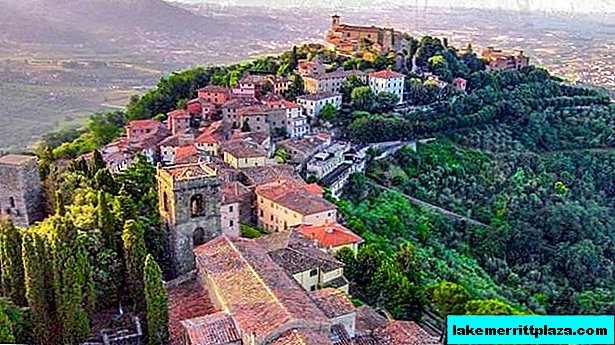
Thanks to comfortable weather conditions, the resort welcomes guests all year round.
The city began to revive only in the XVIII century, when the Tuscan duke Leopold ordered here to carry out irrigation work to drain the territory from the formed swamps. At that time, three terms appeared in Montecatini. One of them - Tetuccio (1779) - is still valid.
Popularity came to the resort at the end of the 19th century, when celebrities began to come here, including the famous composer Giuseppe Verdi. Later - already in the 20th century - Adriano Celentano, Audrey Hepburn and many other pop and film stars visited Montecatini. Their names are imprinted on commemorative tablets on the streets and buildings of the city.

Terme Tetuccio has its own shops, cafes and a well-kept park.
Another funny fact about Montecatini Terme: here Nikita Mikhalkov shot the film “Black Eyes” in 1987.
Montecatini Terme Thermal Spa
Montecatini Terme has 11 hydropathic centers and 8 thermal springs; 5 of them are intended, including for the use of water as drinking water.
Mineral water is formed at a depth of 60-80 meters, after which it passes through several stages of purification in layers of various rocks. In addition to using salt-sulfate-bicarbonate-soda water as drinking water, it is also used for balneotherapy, mud therapy and inhalation. First of all, they treat diseases of the gastrointestinal tract, kidneys and liver, as well as the musculoskeletal system and respiratory system.

Mineral water goes through several stages of purification
It is important to note that the hotels themselves do not provide their guests with access to thermal springs. You can go through the necessary procedures only in special centers.
The most famous terms in the resort are Terme Tettuccio and Terme La Salute, both centers work only in the warm season. Terme Tetuccio has its own gallery of shops, cafes and a well-groomed park; in summer evenings, concerts are often held there.

Indoor Excelsior Resort Guests Served in Winter
In winter, Excelsior welcomes guests indoors; in summer, only spa treatments are available. The balneocenter "Grochcho Institute" offers its services all year round, practicing massage, water gymnastics, and rehabilitation courses.
How to get to Montecatini Terme
The airports closest to Montecatini Terme are in Florence and Pisa, from where you can get to the resort by train or by bus. In the daytime, trains run about once an hour, the fare is about 5-6 Euros, and the journey time is about 50 minutes. BlogoItaliano wrote in this article about how to get from Florence airport to the city in order to change trains.
To get to Montecatini Terme from Rome or Milan, it is best to use a transfer train in Florence. In this case, the ticket will cost about 40 Euros, and the travel time will be about 3 hours.

Taxi prices at Florence airport
An easier way to get from the nearest airports is to take a taxi. The car at the time of its arrival can be ordered on this site. You can calculate the tariff online - this is not what you are not required to do.
Finally, you can rent a car at the airport and get to Montecatini Terme on your own. This is especially convenient for those who plan not only to visit hospitals, but also actively picturesque surroundings. To save on rent, it is better to rent a car through a car rental price comparison service (for example, here).
Hotels and lodging
Montecatini Terme is a popular resort in Italy, so living here will cost much more than in similar towns in the interior of the country. On average, a hotel room will cost about 85-90 Euros in the warmer months and 70-80 in the off-season.
To save money, you can choose one of the hotels that provide promotional prices for the period of your trip. Typically, such offers can be found throughout the year. The current selection of hotels with special offers is given below:
Climate and weather
The resort is located in the subtropical zone of the climatic zone and is characterized by mild weather conditions. During the year, the temperature almost never drops below + 10 ° C, and in the summer months it stably keeps at + 30 + 32 ° C.

The resort has 11 hydropathic and 8 thermal springs
Rains in Montekini Terme are extremely rare, if they occur mainly from late autumn to early spring. Thanks to such comfortable weather conditions, the resort welcomes guests all year round.
What to see and do in Montecatini Terme
Montecatini Terme is divided into historical and resort parts. The historic city center is ascended to the top of the hill and even has its own name: Montecatini Alto.

Montecatini Alto Historic Center
You can get here by cable car, which first transported passengers back in 1898. In addition to the stunning views of the surroundings, you can admire the Carmine Church, where the altar board of the XIV century is stored, as well as visit the medieval fortress of the XIII century and take a walk in the park. Concerts and festivals are often held in the city, and by Christmas there is even an artificial ice rink.
Not far from Montecatini Terme, you can find the village where Leonardo da Vinci himself was born. Do not ignore the nearest cities to the resort: Pistoia and Lucca with fortified walls and cathedrals (in Pistoia there is still an exotic zoo).

You can get to the historic city center by funicular
But of course, the main attractions in the vicinity of Montecatini Terme - Florence and Pisa - real open-air museums on what to see in Florence in 1 day, read this article. For a beach holiday, you should go to Viareggio.
Useful Related Articles
Photos by: Hotel Torretta Montecatini, webitmag.it, Lucarelli, fdm-travel.dk, booking.com, termemontecatini.it, Itaka, Fotocommunity.


